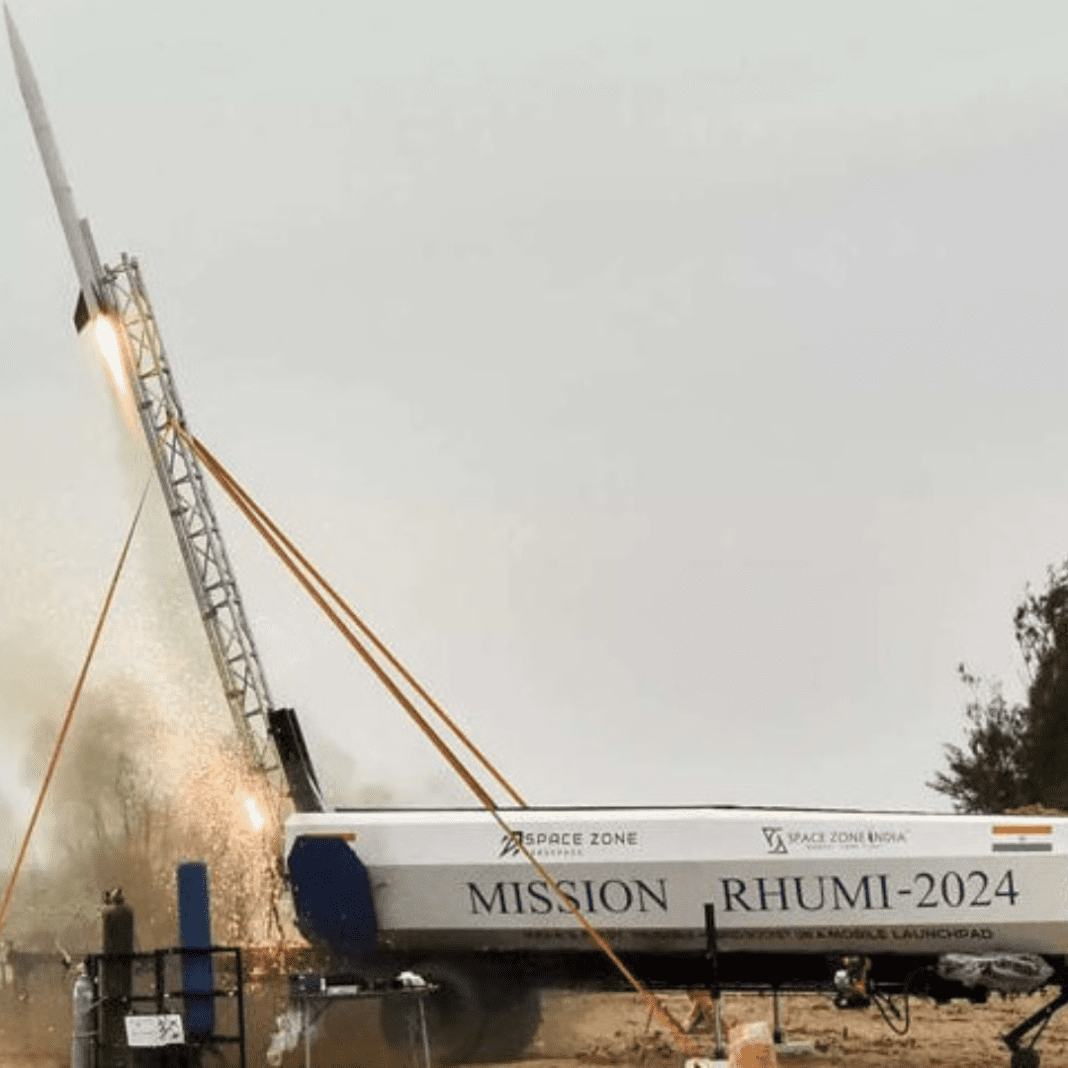Life-Saving Innovations from Space
Space exploration often faces skepticism about its practical benefits, but NASA’s technological advancements in space tech have proven otherwise. One striking example is the FINDER (Finding Individuals for Disaster and Emergency Response) device, originally developed for detecting extraterrestrial life as part of NASA’s space tech research. FINDER has become a critical tool in disaster relief operations, especially in situations where quick and accurate rescue efforts are essential.
During the recent earthquakes in Nepal, FINDER demonstrated its life-saving potential. The device uses radar technology, a product of space tech innovations, to detect people trapped under rubble, even through substantial barriers like 20 feet of concrete or 30 feet of debris. This ability to locate survivors has led to successful rescues of individuals who might otherwise have been missed. FINDER’s success in Nepal underscores how space tech designed for space exploration can provide significant benefits in crisis situations on Earth.
Transforming Healthcare with Space-Tech
NASA’s contributions to healthcare are another testament to the agency’s impact beyond space. A prime example is the MicroMed-DeBakey VAD (Ventricular Assist Device), developed from NASA’s space shuttle fuel pump technology. This device is crucial for patients with severe heart conditions, as it helps pump blood throughout the body, reducing stress on the heart and keeping patients stable while they await a heart transplant.
The development of the MicroMed-DeBakey VAD involved overcoming significant technical challenges. Traditional methods of creating similar devices had issues with friction and blood clotting, which could damage blood cells. NASA’s expertise in fluid dynamics and advanced simulation technologies played a pivotal role in solving these problems. By applying space research techniques to medical device design, NASA helped create a device that has been implanted in hundreds of patients, significantly improving their chances of survival.
Everyday Products Born from Space Research
NASA’s influence extends into many everyday products that people might not realize have space origins. One notable example is Mylar, a material initially developed to protect spacecraft from extreme temperatures and solar radiation. Mylar’s reflective and insulating properties make it valuable in various applications on Earth. It’s used in everything from space blankets for marathon runners to insulation in electronics and buildings. This material’s adaptability highlights how space technology can be repurposed for everyday use, enhancing our daily lives in unexpected ways.
Another example of space technology impacting daily life is in air purification. NASA’s development of air scrubbers for spacecraft led to the creation of Airocide, a high-performance air filtration system. These scrubbers originally helped manage ethylene gas in space, but their effectiveness in removing airborne pathogens has made them valuable for improving indoor air quality. Airocide is now used in homes, hospitals, and other environments, demonstrating how space research can lead to practical solutions for air quality and health.
The evolution of CAT Scans and MRI machines also illustrates the far-reaching impact of space technology. These medical imaging technologies, which allow doctors to view the internal structures of the body, were made possible by advancements in digital signal processing originally developed for space missions. NASA’s work in improving image quality during the Apollo missions laid the groundwork for these essential diagnostic tools, which have become indispensable in modern medicine.
Innovative Technology from Space Research
Space technology has also driven advancements in other innovative fields. For example, NASA’s Ames Research Center was the birthplace of virtual reality technology. Originally developed to create advanced human interfaces for space operations, virtual reality has since evolved into a widely used technology in various applications. It is now a key component in fields ranging from gaming to air traffic control, demonstrating how space research can lead to breakthroughs with broad applications.
Another innovation is the development of anti-icing formulas for trains. NASA’s Ames Research Center developed a safer, non-toxic deicing agent that replaced the previously used ethylene glycol, which was found to be harmful. This new formula, licensed for commercial use, is applied to train tracks and switches, helping to prevent delays caused by ice and snow. This technology not only improves transportation efficiency but also contributes to safety and reliability in cold weather conditions.
In conclusion, NASA’s contributions to technology extend far beyond the boundaries of space exploration. From life-saving rescue tools and advancements in medical technology to everyday products and innovations in various fields, NASA’s research and development have had a profound and practical impact on life on Earth. These advancements highlight the valuable return on investment from space exploration, showing that the benefits of space technology are both substantial and wide-reaching.




